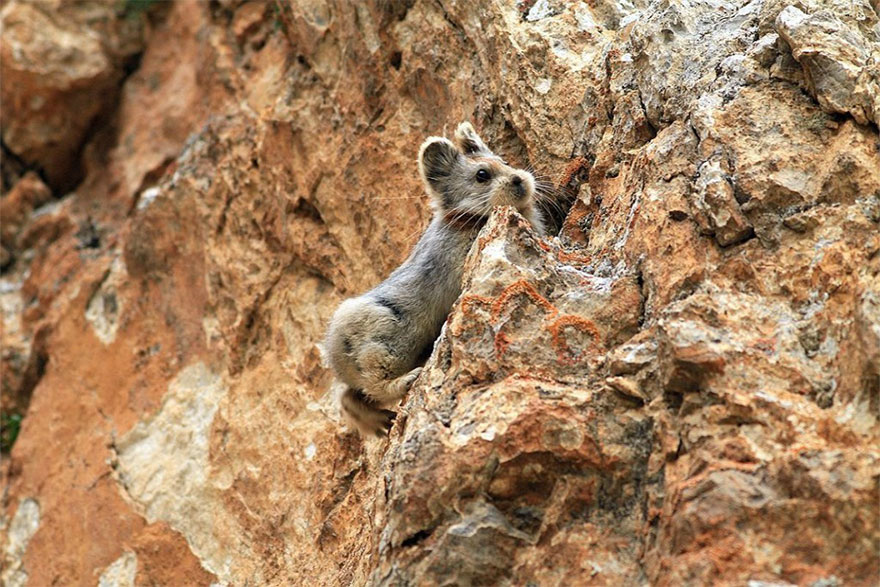The Ili Pika has been likened to a real-life stuffed animal or called a “magic rabbit.” Even the Inquisitr referred to the adorable creature as “ teddy bear-like. ” In reality, this furry little mammal isn’t any of those. The Ili Pika is in a family and genus all on its own with cousins across the globe.
The little creature does share an order, known as Lagomorpha, with rabbits and hares, and are distantly related to the cotton-tailed cuteness. However, Ili Pika belongs to the family Ochotonidae (known as pika.) The pika family contains over 30 species, with Ili Pika, whose scientific name is Ochotona iliensis , possibly being the cutest.
Pikas have been nicknamed “whistling hares” for their unique call. Unfortunately, the Ili PIka has not been seen demonstrating this tactic of communication. Then again, researchers have only encountered 29 of the creatures since they were first spotted in 1983. Perhaps those 29 were a bit shy. They do, however, make peeping sound when trying to communicate with other Ili Pika.
Ochotonidae are recognizable by their physical characteristics: rounded ear, short legs, and no external tail. The Ili Pika is one of the larger of the family , weighing up to 250 grams and about 20 centimeters long. They have adapted to living in colder climates by making dens and burrows in the cracks and crevices of the cliff faces.
Last year was the first time the adorable creature was seen in 20 years.

Ili Pika is a species native to China. Specifically, most of these bundles of fur live in the Tian Shan (mountain range) of Xinjiang province . The animals live high on the cliffs eating the grasses that grow at those altitudes.
Sadly, the population of the Ili Pika has declined. A survey was conducted in 2002 and 2003, the results of which were disheartening. Zero Ili Pikas were found in 57 percent of the locations they had been previously spotted. When they were first discovered, researchers estimated a population of about 2,000 adults. Since then, it has been speculated that the number has dropped by more than half.
Habitat loss and fragmented population have been blamed for the dramatic decrease in Ili Pika population. The animals are said to be losing habitat due to rising temperature. They keep moving up the mountainside, which will run out in time.
Currently, no conservation method are being taken to help ensure the future of the Ili Pika.
But we should be concerned. Too many species have become extinct during the span of human inhabitant. Some caused by us, others not. Who knows how many unknown species were lost to the ages simply because we did not know.
The Ili Pika’s adorableness should be preserved for future generations to fawn over.
[Photos Courtesy of Li Wei-Dong/Bored Panda ]


